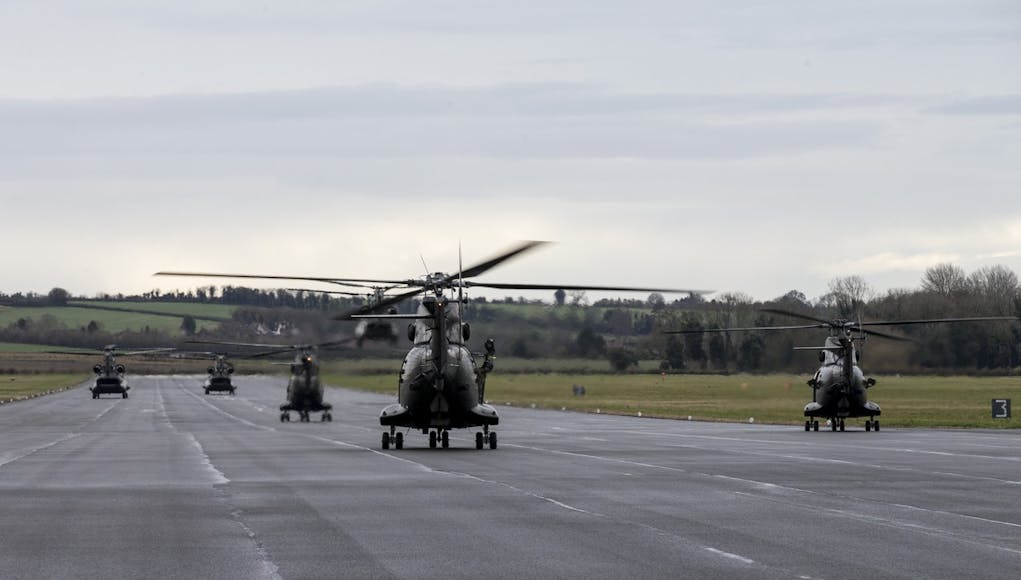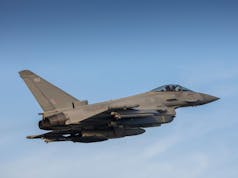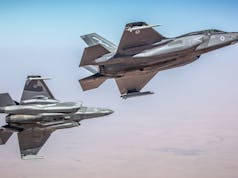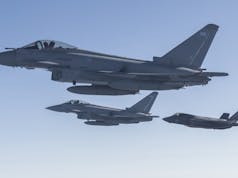The Ministry of Defence has responded to concerns over a potential capability gap following the retirement of Puma helicopters in Cyprus and Brunei, confirming mitigation measures are in place until their replacements—the Airbus H145 Jupiter HC2—become fully operational in 2026.
Responding to a written parliamentary question from Conservative MP James Cartlidge, Minister of State for Defence Maria Eagle stated: “The Ministry of Defence continues to routinely assess and reassess capabilities required by deployed UK forces.”
She confirmed that “two Royal Air Force CH47 Chinook helicopters are currently forward deployed [to Cyprus] to provide an aerial firefighting capability through the wildfire season and are able to provide a range of supporting functions.”
In Brunei, where the Puma previously supported jungle warfare training, Maria Eagle noted that “mitigations against jungle training… are in place,” though added, “it is the long-standing policy of the UK Government not to comment on UK SF [Special Forces] activity.”
The concerns stem from the drawdown of the Puma HC2 fleet, which began in March 2025 after more than 50 years of service. The aircraft were key to operations in Cyprus, supporting RAF 84 Squadron’s firefighting role, and in Brunei with 667 Squadron of the Army Air Corps.
To fill the gap, six new H145 helicopters—designated Jupiter HC Mk2 in service—have been procured under a £122 million contract managed by DE&S. The first of these aircraft was handed over to the Ministry of Defence in May 2025 at Airbus Helicopters UK in Oxford.
Air Commodore Gareth Bryant, DE&S Head Helicopters 2, acknowledged the urgency: “With the decision to retire the Puma HC Mk2… the imperative to deliver a replacement helicopter for Brunei and Cyprus increased in importance.”
According to the MOD, the new helicopters are undergoing test and evaluation at Boscombe Down, and will be fully operational in 2026. Group Captain Rob Hart, Senior Responsible Owner for the H145, said: “Investment in this exciting capability also reaffirms our commitment to Cyprus and Brunei.”
The H145 Jupiter HC2, powered by Safran Arriel 2E turboshaft engines and featuring a five-blade rotor, can reach speeds of 265kph with a range of 651km. Its versatility and compact size (13.64m length and 3,800kg max take-off weight) make it ideally suited for the firefighting and jungle training missions it is slated to replace.
Until the full fleet is deployed in 2026, temporary support from Chinooks in Cyprus and undisclosed mitigations in Brunei will ensure mission continuity.














One needs to look back further, which MoD of course will ignore.
The Pumas were themselves stop gaps after 84 Sqn RAFs Griffon helicopters and 7 Flight AACs Bells were cut, and Puma took their place.
This resulted in 230 Sqn RAF being run down, leaving 33 Sqn left.
So Griffon, Bell, Puma, all cut.
Resulting in the Chinook force, itself reduced from around 60 cabs, having to take the slack.
The purchase of the 6 HC145s is a good move which hopefully will enable the FMH to concentrate on deployable roles.
How much was saved by retiring the Puma’s? i ask as the six helicopters are only a part time replacements so they them selves will be replaced in time at what cost?.
They won’t be replaced for years. They’re cost effective for the role.
The highly skilful pilots and MAC at Benson not to mention those in holding will undoubtedly think about leaving – what a crazy decision by the halfwits in the MoD at a time of global uncertainty
Halfwit’s are such a pain.
The Puma was designed for military purposes it can carry 16 troops / reasonable sized cargo internally.
H145 looks fragile in comparison, a civilian design that is being partially adapted to military use.
It looks like we have dropped the original NMH concept of a single type to replace multiples in favour of fewer types chosen on the basis of price, delivery and horses for courses. I don’t have a problem with the change in strategy but it does leave the (Puma) medium lift capability up in the air 🙂
AW149 is similar, a modified civilian design that won’t stand up to battlefield abuse.
Happy to be corrected but isn’t the evidence from Ukraine that helicopters in the battle space are very vulnerable to Stinger type missiles? Still very relevant for SF insertion and ‘amphibious’ landing – quick in and out – but moving around a battle space aren’t you better off in a Boxer?
No not quite. What the Ukraine War has graphically highlighted, is that if your helicopters don’t have modern defensive aids system to detect the threat. Along with up to date countermeasures. I would also include defensive flight training for the crews. Which is something I know the RAF, RN and AAC do train a lot at. Whereas Russia probably didn’t focus on this training. Against Western MANPADS Russian helicopters have a greater than 75% chance of being shot down. Even the older Soviet era MANPADS showed that without defensive aids, the helicopter is pretty helpless.
The first helibourne assault by Russia on Kharkiv, using Mil-8/17s with Mil-24/35s flying escort. Resulted in a 60% loss of Russian helicopters (not to mention all the troops they were carrying as well!). It should have been higher, but the Ukrainian forces had run out of MANPADS.
The Mil-8/17s in particular only had tail mounted expendable flares. At the time they did not have RWR, IR/UV based missiles approach warning system (MAWS) or a laser warning system. They had to rely on the crew first spotting the missile, then manually banging off the flares.
Mind you against Starstreak, Martlet and RBS70, being all laser guided, flares have no effect.
The predominant reason why we are not seeing transport helicopters near the front is that the Russians probably can’t afford to fit these system to the huge number of aircraft they have. I think the attack helicopters such as the Mil-28 and Ja-50/52 get the priority for these systems.
I can’t speak for European NATO countries, but I know both the US and the UK’s helicopters are fitted with defensive aids and do a lot of evasion training. Plus we have a spiral development of the defensive systems fitted to our aircraft. Where they are updated to face the latest threats.
Thorough reply. As they say, thanks for sharing 🙏
I’m going to tell this story one more time and see if it lands with everyone who still thinks we should be buying battlefield helicopters:
In 2016 I was an observer (from Army HQ) at a US Army wargame looking at air assault against a near peer – designed to test their (US Army) future requirements. Scenario was a Divisional (as a Brit makes you want to cry) air assault by 82nd Airborne. US forces can achieve local air superiority for finite periods.
Run through one: Division fails to make it to the LZ having been shot down by layered air defences.
Run through two: The scenario lowered the air defence capability of red side. Division makes it to the LZ, but is destroyed by IDF before it can manoeuvre.
Their conclusion – helicopter based aviation manoeuvre is unsustainable in modern warfare. They needed to produce something that was faster, longer ranged and more survivable. Guess what they are buying?
So at the very point that the US is saying “we can’t use Blackhawk, it’ll get everyone killed” – we are running a competition to potentially buy Blackhawk. And Ukraine proved the point – and they didn’t even have an effective layered air defence! I don’t think it’s just about the defence aide suites on the aircraft, it’s the inherent vulnerability of helicopter aviation.
I do wonder if what you observed isn’t behind the delay and change of tack ( H145 buy) in the NMH program.
No sorry that’s a real simplification, the 139 is a civilian design, the 149 was ground up build as a military rotor it was the civilianised into the 189.
Whatever else you can say, you cannot say it’s not a military rotor.. and it’s now operated by 3 militaries.
I think that’s including Poland who’s building it under licence?
Yes. But as they’re not deploying from Akrotiri or Brunei they’re cost effective. A NMH AW would be overkill in those roles.
Yes I agree, I don’t have an issue at all with the army etc having a civilian light utility rotor for these roles… as you say using a full fat 12,000kg military medium rotor for these roles is a waste….
Stop gap,in the future, sometime never….